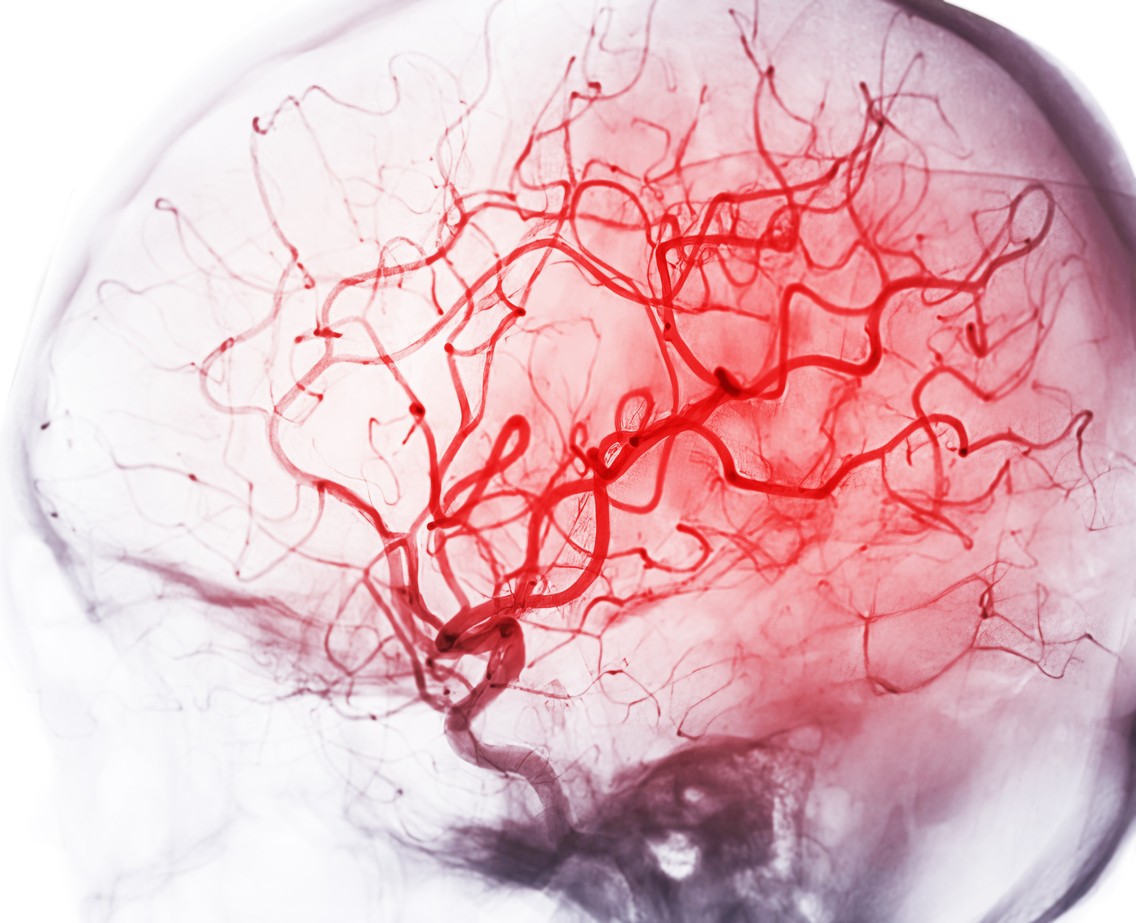B7-33 is a soluble produced single-chain peptide equivalent of the naturally occurring protein H2-relaxin. B7-33 has been suggested to harbor properties similar to h2-relaxin without increasing the production of cAMP. B7-33 peptide may function to activate ERK1/2 phosphorylation, improve matrix metalloproteinase 2 (MMP2) expression, and extracellular collagen degradation. Despite having a possibly strong affinity for the RXFP-1 receptor, it doesn’t appear to activate the cAMP pathway. Instead, researchers hypothesize that it may activate the pERK pathway—a pathway considered to inhibit the cell cycle in the G1 phase.
The inhibition of the cell cycle progression in RXFP-1 receptor cells by the compound may induce downstream impacts. The anti-fibrotic potential of B7-33 may enhance the pERK1/2 signaling—boosting the synthesis of the enzyme matrix metalloproteinase (MMP)-2, which breaks down collagen. It may be of great advantage that B7-33 does not appear to activate cAMP as cAMP activation may modulate some tumor-promoting action.
Peptide Production
B7-33 may be more advantageous in research contexts than the natural H2-relaxin protein as it does not appear to activate the cAMP pathway but may instead hold onto certain anti-fibrotic characteristics. This is one of its advantages as B7-33 production is easy as it has less intricate 2D and 3D structures.
B7-33 and Fibrosis
Fibrosis is scarring or the unorganized regeneration of tissues. It is the last stage of several chronic diseases ranging from cardiovascular to lung diseases to cirrhosis of the liver and aberrant wound healing. Fibrosis is considered the primary cause of organ failure. According to research studies, the exposure of H2-relaxin following fibrosis may lead to vasodilatory action and a reduction in the long-term scarring effect of heart damage. That notwithstanding, H2-relaxin may exhibit some setbacks. It may potentially increase heart rate and may increase cancer cell progression. Most of these are linked to the activation of the cAMP pathway, allowing for the research on B7-33 to be relevant and of great import.
According to research by Dr. Akhter Hossain, one of the lead developers of B7-33, it may act to increase MMP-2 production slightly better than H2-relaxin. The results suggest a decrease in cardiac fibrosis in rat models of MI-induced heart failure. Subsequently, it may have improved heart function and reduced long-term symptoms such as heart failure complications. Research suggests that B7-33 reduces scarring in the heart following injury by about 50%. Similar results are reported in mouse models of asthma and lung fibrosis. Scientists introduced B7-33 in mouse models of prostate cancer, and B7-33 did not appear to promote tumor growth.
Scientific studies suggest that coating from B7-33 reduced the thickness of fibrotic capsules by about 50% in six weeks. Further research in B7-33 may aid researchers in preventing the unintentional ancillary action of certain anti-fibrotic molecules to decrease the fibrosis of implanted devices—allowing for more successful device implant.
B7-33 and Blood Vessels
Animal model research in male Wistar rats suggests that the compound exhibits the vasoprotective characteristics of serelaxin by promoting bradykinin-mediated endothelium-dependent relaxation in arteries. It may potentially achieve this by increasing endothelium-derived hyperpolarization in vascular beds.
B7-33 and Preeclampsia
Preeclampsia, termed Toxemia, is a critical pregnancy condition characterized by high blood pressure and decreased fetal weight. Preeclampsia is complex. In some cases, it may be life-threatening to both the fetus and the mother. Animal studies suggest that B7-33 may help control preeclampsia in severe cases. In this research, B7-33 may act like an RXFP-1 receptor to boost VEGF production in cytotrophoblasts—cells found in the developing fetus that help stimulate blood flow between mother and baby. Therefore, by stimulating VEGF production, B7-33 may potentially enhance blood vessel growth—improving the blood supply between the offspring and mother. Research has supposed that lipidated B7-33 may have a longer half-life.
Disclaimer: The products mentioned are not intended for human or animal consumption. Research chemicals are intended solely for laboratory experimentation and/or in-vitro testing. Bodily introduction of any sort is strictly prohibited by law. All purchases are limited to licensed researchers and/or qualified professionals. All information shared in this article is for educational purposes only.






